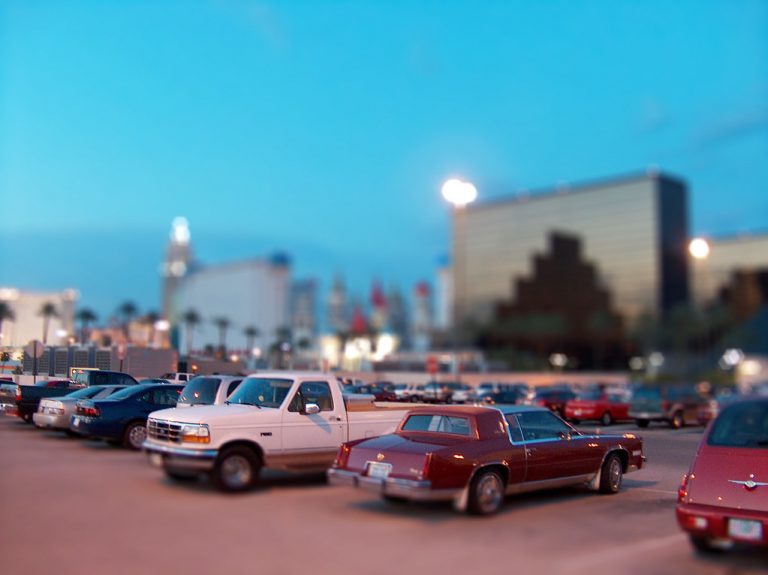
Moving forward people are preferring sustainable transport options and there is a huge shift in the market from cars to bicycles. The aim of the module is to understand and analyse the National design guide and ouseburn design codes, and set out the characteristics of ouseburn that demonstrates what a good design means in practice. Read the full article…









